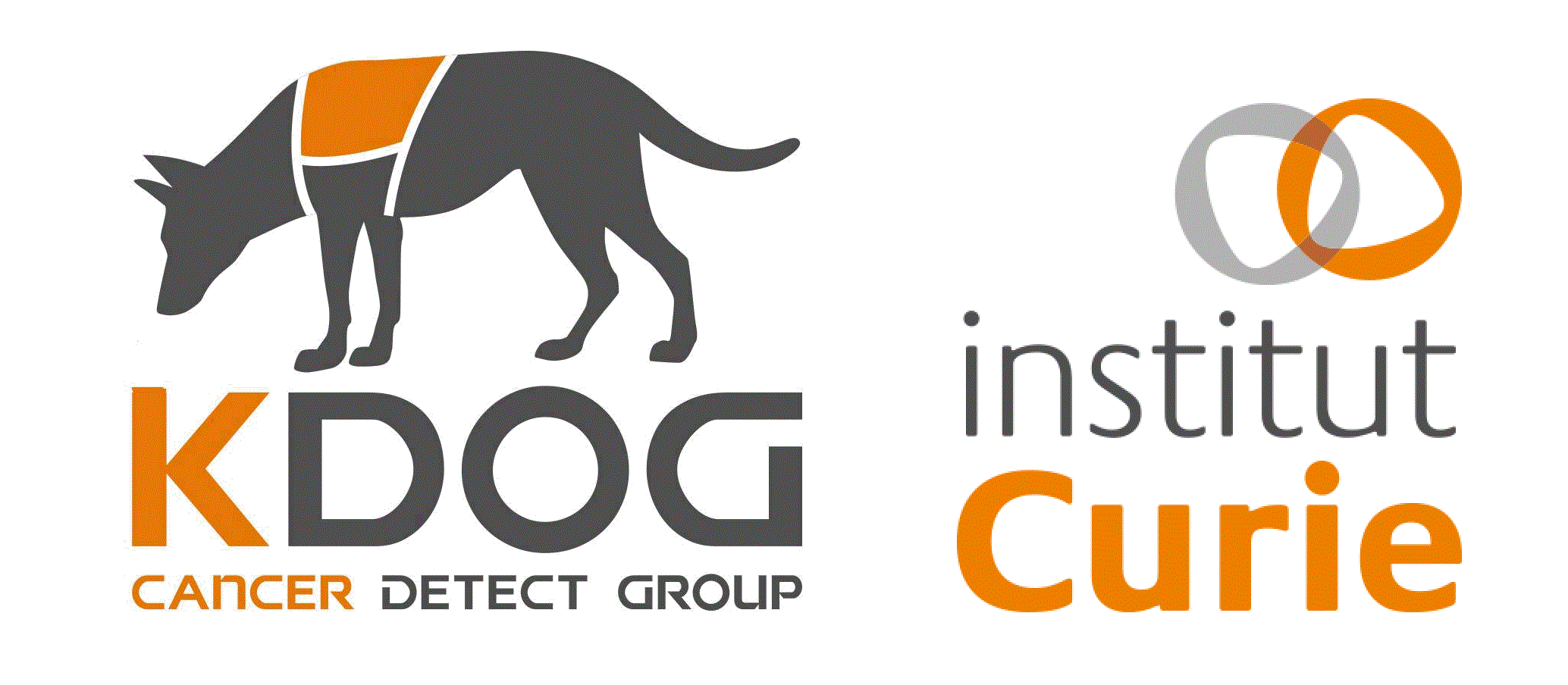Focus on translational research: KDOG COV
Another approach for the detection of cancer through odors is to look for the chemical signature of breast cancer through the analysis of VOCs, i.e. the set of molecules that make up the odor.
We have launched KDOG2, recently renamed KDOG VOCs (Volatile Organic Compounds). A first sampling campaign has been carried out. Following their chemical analysis and then using data science methods, the initial results are encouraging. Are they really linked to the presence of cancer or do we simply have measurement biases? The future will tell us...
Cutting-edge research carried out in partnership with the CRING
KDOG COV works hand in hand with the Criminal Research Institute of the National Gendarmerie to identify the olfactory imprint of breast cancer through analytical chemistry. General Patrick TOURON, Lieutenant Colonel Guillaume COGNON, and Captain Vincent CUZUEL of the Environment-Incendies-Explosives Department, are working alongside the Curie Institute to identify the chemical signature of the cancer using markers.
